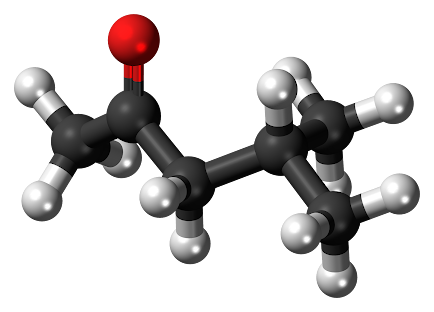Crotonaldehyde is a
chemical compound found naturally in emissions of some vegetation and
volcanoes. It is used to make preservatives. It is a member of the aromatic
chemicals family, is a chemical that can cause serious health problems.
Currently, Celanese is
the only major manufacturer of crotonaldehyde in Germany and Western Europe.
However, major market players in emerging economies are focusing on expanding
the production of specialty chemicals. The compound has been found to be toxic
and carcinogenic in various studies conducted on animals. It has been named as
a carcinogen or a known carcinogen. There have also been several animal tests conducted
on animals that shows the chemical to be toxic and potentially dangerous to
humans. The presence of crotonaldehyde in food products is a major concern.
The use of crotonaldehyde
is a controversial issue. Some claim that the presence of crotonaldehyde as a
food preservative is justified because it has a physiological and chemical
effect after contact with certain species of fungi. This effect is considered
to be a safe storage and preservation for many species of fungi including the
dermatophytes and the yeast species. However, there are recent findings that
reveal that crotonaldehyde
may be endangering not only the lives of humans and other vertebrates but also
the safety of millions of future generations from the consumption of food produced
using this chemical. There is a growing demand for alternatives to crotonaldehyde
in food products.
One of the alternatives
to crotonaldehyde used in food production is a chemical known as sodium
ascorbic acid (also known as Vitamin C). Research has shown that there is a
relationship between excessive consumption of vitamin C and the formation of
chemically benign viruses such as the herpes simplex virus. Recent studies have
also demonstrated that crotonaldehyde and sodium ascorbic acid have a synergistic
relationship in the growth of yeast.

Comments
Post a Comment